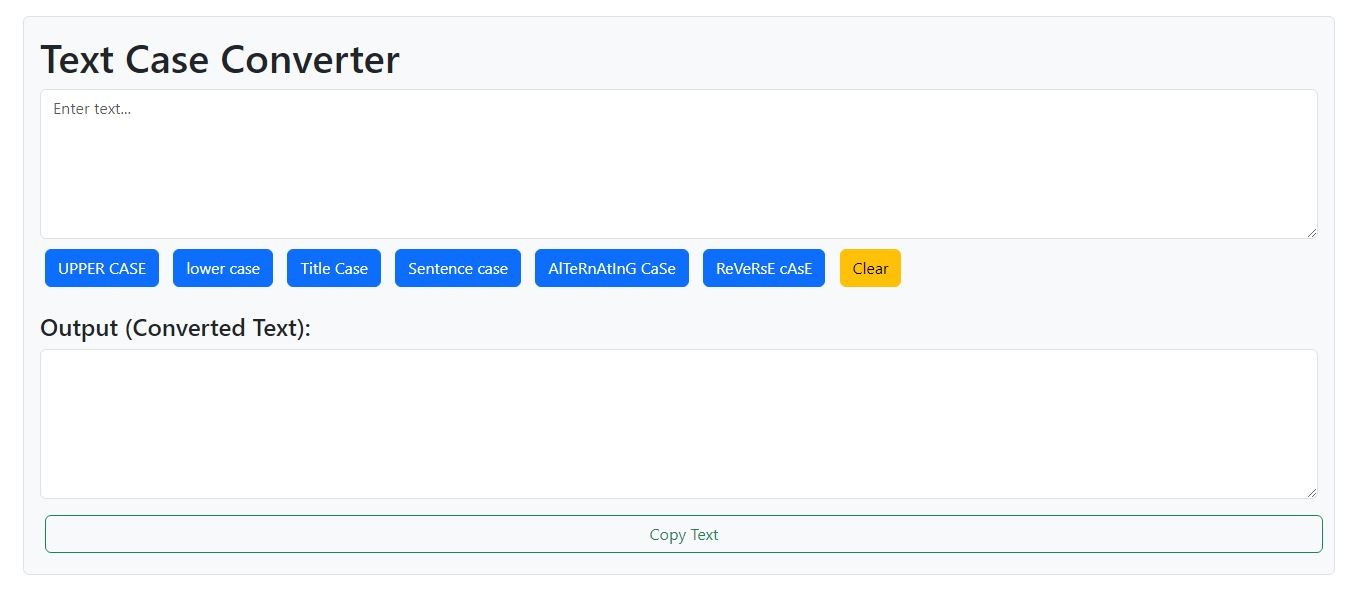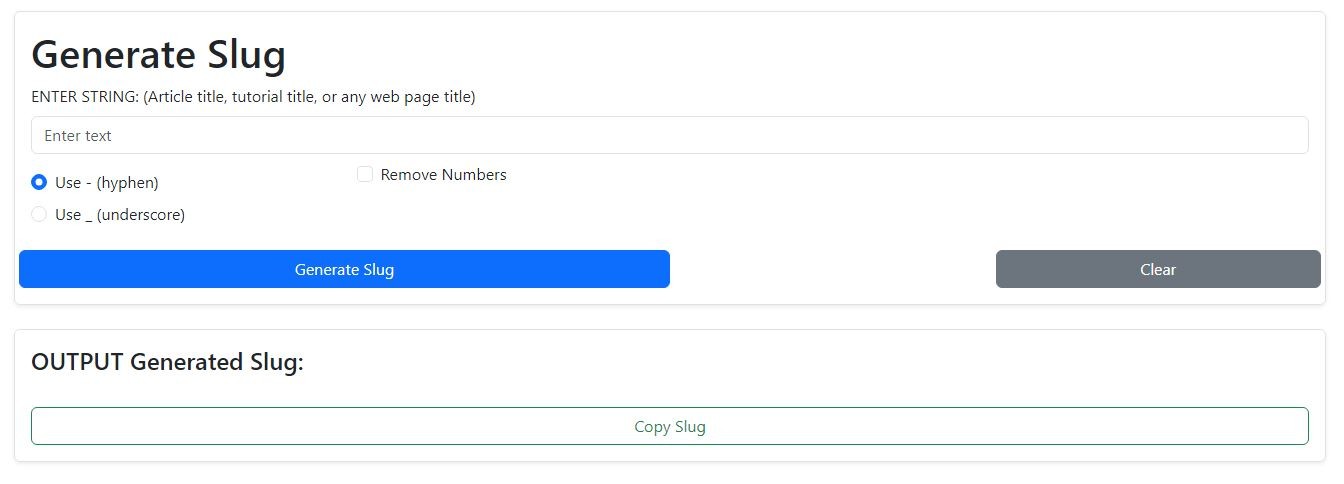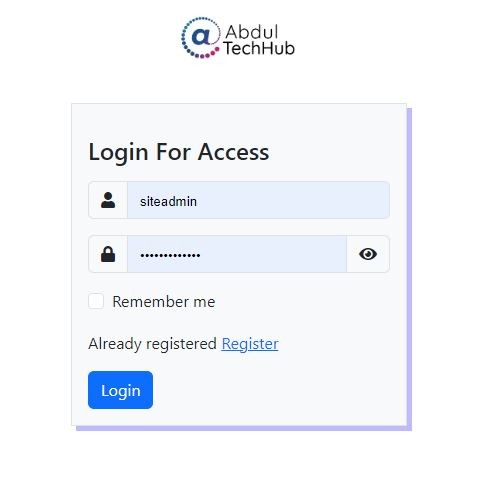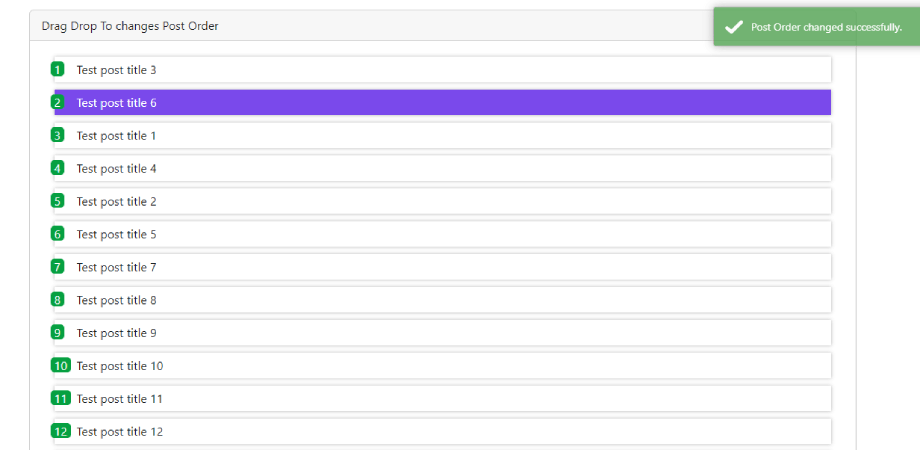jQuery Mouse Events: A Complete Guide for Web Developers
In jQuery, mouse events are a type of event that is triggered by user interactions with the mouse, such as clicking, hovering, and dragging. Mouse events are an essential part of creating interactive and responsive web pages, and jQuery provides a comprehensive list of mouse events that developers can use to create dynamic web pages. In this article, we'll explore the different types of mouse events in jQuery and how they can be use .mouseout() d to create interactive web pages.
Before creating the mouse events example let's see the jQuery events
There are several types of events in jQuery, including:
- Mouse Events
- Keyboard Events
- Form Events
- Document/Window Events
- Custom Events
# Read more about jQuery events type
Have a look at jQuery Mouse Events list:
- .click(): The click event is triggered when the user clicks on an element.
- .dblclick(): The double click event is triggered when the user double clicks on an element.
- .hover(): the .hover() method is used to bind one or two functions to an element, to be executed when the mouse pointer enters and leaves the element. The .hover() method is a shorthand for binding the mouseenter and mouseleave events.
- .mouseenter(): the .mouseenter() method is used to bind a function to an element, to be executed when the mouse pointer enters the element.
- .mouseleave(): the .mouseleave() method is used to bind a function to an element, to be executed when the mouse pointer leaves the element.
- .mouseover(): The mouseover event is triggered when the mouse pointer enters an element.
- .mouseout(): The mouseout event is triggered when the mouse pointer leaves an element.
- .mousemove(): The mousemove event is triggered when the mouse pointer moves over an element.
- .mousedown(): The mousedown event is triggered when the mouse button is pressed down on an element.
- .mouseup(): The mouseup event is triggered when the mouse button is released on an element.
- .toggle(): the .toggle() method is used to toggle the visibility of an element.
- .contextmenu(): the .contextmenu() method is used to bind a function to an element, to be executed when the right mouse button is clicked on the element
jQuery .click() event
In jQuery, the .click() method is used to bind a function to an element, to be executed when the element is clicked. It is one of the most commonly used event methods in jQuery.
Syntax:
The syntax for using the .click() method is as follows:
$(selector).click(handler);
Where:
- selector is the element or elements to which the mouseleave event should be attached.
- handler is the function to be executed when the mouse pointer leaves the element.
Example:
Here's an example that demonstrates how to use the .mouseleave() method:
jQuery .mouseover() event
$(selector).mouseover(handler);
- selector is the element or elements to which the mouseover event should be attached.
- handler is the function to be executed when the mouse pointer enters the element.
<!DOCTYPE html>
<html lang="en">
<head>
<meta charset="UTF-8">
<meta http-equiv="X-UA-Compatible" content="IE=edge">
<meta name="viewport" content="width=device-width, initial-scale=1.0">
<title>Document</title>
<style>
.tooltip {
position: relative;
}
.tooltip:before {
content: attr(data-tooltip);
position: absolute;
top: -30px;
left: 0;
background-color: #333;
color: #fff;
padding: 5px;
border-radius: 5px;
display: none;
}
.tooltip:hover:before {
display: block;
}
</style>
</head>
<body style="padding:30px; font-family: ;">
<p data-tooltip="This is a tooltip.">Hover over this text to see a tooltip.</p>
<script src="https://code.jquery.com/jquery-3.6.3.min.js"
integrity="sha256-pvPw+upLPUjgMXY0G+8O0xUf+/Im1MZjXxxgOcBQBXU=" crossorigin="anonymous"></script>
<script>
$(document).ready(function () {
$("[data-tooltip]").mouseover(function () {
$(this).addClass("tooltip");
}).mouseout(function () {
$(this).removeClass("tooltip");
});
});
</script>
</body>
</html>
jQuery .mouseout() event
In jQuery, the .mouseout() method is used to bind a function to an element, to be executed when the mouse pointer leaves the element. This event can be useful for creating more interactive and user-friendly web pages.
Syntax:
The syntax for using the .mouseout() method is as follows:
$(selector).mouseout(handler);
Where:
- selector is the element or elements to which the mouseout event should be attached.
- handler is the function to be executed when the mouse pointer leaves the element.
Example:
Here's an example that demonstrates how to use the .mouseout() method:
jQuery .mousemove() event
$(selector).mousemove(handler);
Where:
- selector is the element or elements to which the mousemove event should be attached.
- handler is the function to be executed every time the mouse pointer moves over the element.
Example:
Here's an example that demonstrates how to use the .mousemove() method:
<!DOCTYPE html>
<html lang="en">
<head>
<meta charset="UTF-8">
<meta http-equiv="X-UA-Compatible" content="IE=edge">
<meta name="viewport" content="width=device-width, initial-scale=1.0">
<title>jquery mousemove event</title>
<style>
.box {
width: 200px;
height: 200px;
background-color: #ccc;
display: flex;
justify-content: center;
align-items: center;
}
.box h2 {
position: relative;
animation: move-text 2s ease-in-out infinite;
}
@keyframes move-text {
0% {
left: 0;
}
50% {
left: 50px;
}
100% {
left: 0;
}
}
</style>
</head>
<body style="padding:30px; font-family: ;">
<div class="box">
<h2>Move the mouse over me!</h2>
</div>
<script src="https://code.jquery.com/jquery-3.6.3.min.js"
integrity="sha256-pvPw+upLPUjgMXY0G+8O0xUf+/Im1MZjXxxgOcBQBXU=" crossorigin="anonymous"></script>
<script>
$(document).ready(function () {
$(".box").mousemove(function (event) {
var x = event.pageX;
var y = event.pageY;
$(this).find("h2").css("left", x + "px");
});
});
</script>
</body>
</html>
In this example, the .box element has a text that moves left and right based on the x coordinate of the mouse pointer. The .mousemove() method is used to get the x coordinate of the mouse pointer using the event.pageX property. The x coordinate is then used to set the left CSS property of the h2 element, which moves the text left and right.
Conclusion:
The .mousemove() method is a powerful event method in jQuery that allows developers to track the movement of the mouse, create interactive elements, or implement animations and effects. By using this method, developers can easily create mouse-tracking effects, implement animations and effects, or perform any other action that should be triggered when the mouse pointer moves over an element.
jQuery .mousedown() event
The jQuery .mousedown() event is triggered when a mouse button is pressed down over the selected element. You can use this event to perform actions whenever a user clicks or taps on an element with a mouse button.
Here is the basic syntax for using .mousedown():
$(selector).mousedown(function(){
// code to be executed when the mouse button is pressed down over the element
});
Where:
The selector is used to target the element to which you want to attach the event handler. The function passed to .mousedown() is the event handler that is executed when the event is triggered.
Here is an example that demonstrates the usage of .mousedown():
jQuery .mouseup() event
The .mouseup() event in jQuery is triggered when a mouse button is released after being pressed down on an element. This event is commonly used in conjunction with the .mousedown() event to implement drag-and-drop functionality, button controls, or other interactive elements.
The syntax for binding the .mouseup() event is as follows:
$(selector).mouseup(function() {
// code to be executed when the mouse button is released
});
- the selector is the element or elements to which the click event should be attached.
- handler is the function to be executed when the element is clicked.
<!DOCTYPE html>
<html>
<head>
<title>jQuery Mouseup Event Example</title>
<script src="https://code.jquery.com/jquery-3.6.0.min.js"></script>
<style>
button {
font-size: 24px;
padding: 10px;
background-color: lightblue;
color: white;
border: none;
}
</style>
</head>
<body>
<button>Click and hold, then release to change color</button>
<script>
$(document).ready(function() {
$('button').mousedown(function() {
$(this).css('color', 'red');
});
$('button').mouseup(function() {
$(this).css('color', 'white');
});
});
</script>
</body>
</html>
jQuery .toggle() event
$(selector).toggle();
Where:
selector is the element or elements to be toggled.
Example:
Here's an example that demonstrates how to use the .toggle() method:
jQuery, the .contextmenu() event
In jQuery, the .contextmenu() method is used to bind a function to an element, to be executed when the right mouse button is clicked on the element. This method is used to handle the contextmenu event.
Syntax:
The syntax for using the .contextmenu() method is as follows:
$(selector).contextmenu(handler);
Where:
selector is the element or elements to which the contextmenu event should be attached.
handler is the function to be executed when the right mouse button is clicked on the element.
Example:
Here's an example that demonstrates how to use the .contextmenu() method:
This example displays an alert message when clicking the right mouse button on a paragraph element.
Conclusion:
The .contextmenu() method is a simple and effective way to add interactivity to a web page using jQuery. This method allows developers to easily create dynamic effects that respond to user interactions with the right mouse button. It can be used to create context menus or any other functionality that should be triggered by right-clicking on an element.
jQuery .dblclick() event
In jQuery, the .dblclick() method is used to bind a function to an element, to be executed when the element is double-clicked. This event can be useful for creating more interactive and user-friendly web pages.
Syntax:
The syntax for using the .dblclick() method is as follows:
$(selector).dblclick(handler);
Where:
- The selector is the element or elements to which the double-click event should be attached.
- handler is the function to be executed when the element is double-clicked.
Example:
Here's an example that demonstrates how to use the .dblclick() method:
<!DOCTYPE html>
<html lang="en">
<head>
<meta charset="UTF-8">
<meta http-equiv="X-UA-Compatible" content="IE=edge">
<meta name="viewport" content="width=device-width, initial-scale=1.0">
<title>dblClick event</title>
<style>
.highlight {
background-color: yellow;
}
</style>
</head>
<body style="padding:30px;">
<button id="toggle-button">Double Click this button to toggle text</button><br>
<p>This is some text that can be toggled on and off.</p>
<script src="https://code.jquery.com/jquery-3.6.3.min.js"
integrity="sha256-pvPw+upLPUjgMXY0G+8O0xUf+/Im1MZjXxxgOcBQBXU=" crossorigin="anonymous"></script>
<script>
$(document).ready(function () {
$("#toggle-button").dblclick(function () {
$("p").toggleClass("highlight");
});
});
</script>
</body>
</html>
jQuery .hover() event
In jQuery, the .hover() method is used to bind one or two functions to an element, to be executed when the mouse pointer enters and leaves the element. The .hover() method is a shorthand for binding the mouseenter and mouseleave events.
Syntax:
The syntax for using the .hover() method is as follows:
$(selector).hover(handlerIn, handlerOut);
- selector is the element or elements to which the hover event should be attached.
- handlerIn is the function to be executed when the mouse pointer enters the element.
- handlerOut is the function to be executed when the mouse pointer leaves the element.
If only one function is passed as an argument to .hover(), it will be executed both when the mouse pointer enters and leaves the element.
In this example, the background color of the paragraph changes to yellow when the mouse pointer enters the paragraph and changes back to white when the mouse pointer leaves the paragraph.
Conclusion:
The .hover() method is a simple and effective way to add interactivity to a web page using jQuery. By using this method, developers can easily create dynamic effects that respond to user interactions with the mouse.
jQuery .mouseenter() event
In jQuery, the .mouseenter() method is used to bind a function to an element, to be executed when the mouse pointer enters the element. The .mouseenter() method is similar to the .hover() method, but it only handles the mouseenter event.
Syntax:
The syntax for using the .mouseenter() method is as follows:
$(selector).mouseenter(handler);
Where:
- selector is the element or elements to which the mouse enter event should be attached.
- handler is the function to be executed when the mouse pointer enters the element.
Example:
Here's an example that demonstrates how to use the .mouseenter() method:
In this example, the background color of the paragraph changes to yellow when the mouse pointer enters the paragraph.
Conclusion:
The .mouseenter() method is a simple and effective way to add interactivity to a web page using jQuery. By using this method, developers can easily create dynamic effects that respond to user interactions with the mouse when the pointer enters an element.
jQuery .mouseleave() event
In jQuery, the .mouseleave() method is used to bind a function to an element, to be executed when the mouse pointer leaves the element. The .mouseleave() method is similar to the .hover() method, but it only handles the mouseleave event.
Syntax:
The syntax for using the .mouseleave() method is as follows:
$(selector).mouseleave(handler);





